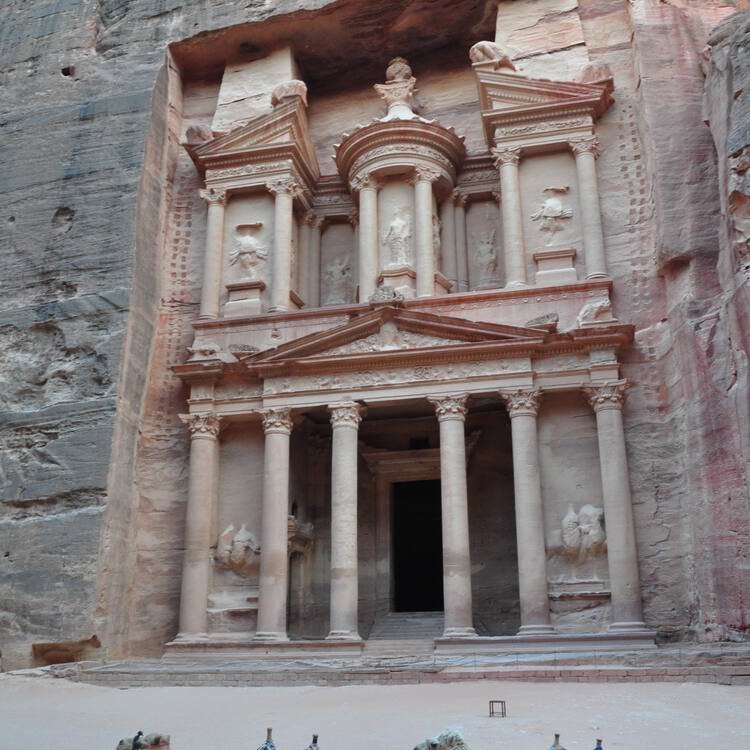Petra: A Symbol of Jordan’s Cultural Heritage and Resilience

Petra is one of the most iconic landmarks in the world, and for good reason. Located in the southwestern part of Jordan, Petra is a historic city that was carved into the rock by the Nabataeans more than 2,000 years ago. It has been designated a UNESCO World Heritage Site and is considered one of the new Seven Wonders of the World. But beyond its archaeological and aesthetic value, Petra is also a symbol of Jordan.
Petra was once a thriving trade center and capital city of the Nabataean kingdom. It was strategically located on the caravan routes that linked China, India, and southern Arabia with the Mediterranean world. The city’s prosperity was based on its control of the trade in spices, incense, silk, and other luxury goods. Petra’s architecture and engineering are a testament to the ingenuity and creativity of the Nabataeans, who built the city with an intricate water management system, sophisticated rock-cut tombs, temples, and theaters.
Today, Petra is a major tourist destination in Jordan, attracting millions of visitors each year. It is a source of national pride for the Jordanian people, who consider it a symbol of their country’s rich cultural heritage and ancient history. The Petra Development and Tourism Region Authority (PDTRA) is the governmental entity responsible for managing and promoting the site, ensuring its preservation and sustainability. The PDTRA has initiated various projects aimed at enhancing the visitor experience while preserving the site’s authenticity and cultural significance.
Petra has also been featured in many films, books, and works of art, making it a symbol of global culture and imagination. Its stunning architecture and dramatic landscape have been the inspiration for many artists, writers, and photographers. Petra has been featured in movies such as Indiana Jones and the Last Crusade, Transformers: Revenge of the Fallen, and The Mummy Returns, further cementing its status as a cultural icon.
Moreover, Petra’s significance extends beyond tourism and cultural appreciation. It is also a symbol of Jordan’s resilience, strength, and determination. Jordan is a country with a rich history and a diverse cultural heritage, and Petra is just one of the many landmarks that showcase this legacy. Despite facing political and economic challenges, Jordan has managed to preserve and promote its cultural treasures, including Petra, as a source of national pride and identity.
In conclusion, Petra is not just a city carved into the rock. It is a symbol of Jordan’s rich cultural heritage, its ingenuity and creativity, its resilience and determination, and its contribution to global culture and history. As a UNESCO World Heritage Site and one of the new Seven Wonders of the World, Petra is a testament to the power of human creativity, ingenuity, and perseverance. Its preservation and promotion are not just the responsibility of the Jordanian government but of all those who appreciate and cherish its beauty and significance.

